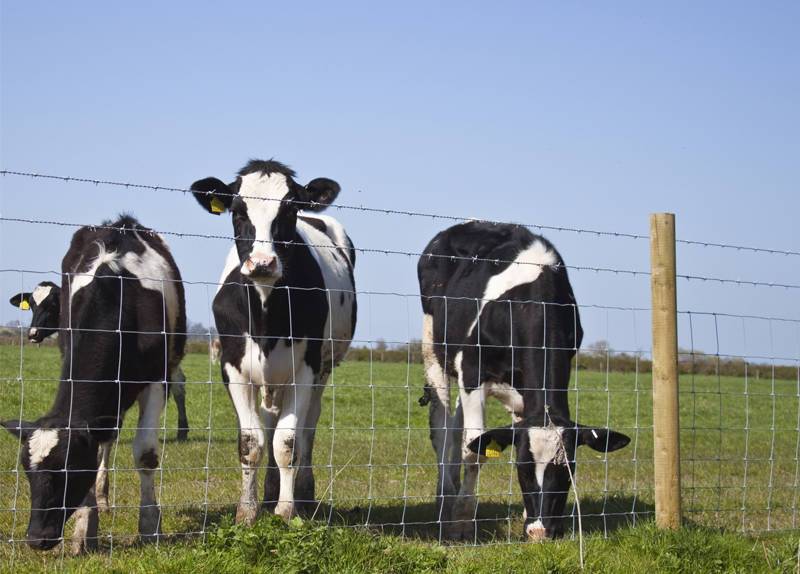
- Mobile Phone
- +8613931874955
- sales@cntcmetal.com
Horizontal Joint Reinforcement Techniques for Concrete Masonry Units in Construction
Horizontal joint reinforcement is an essential component in the construction and structural integrity of Concrete Masonry Units (CMUs). It plays a critical role in enhancing the overall performance of masonry walls by providing tensile strength and stability. This article delves into the importance of horizontal joint reinforcement, its applications, benefits, and best practices for implementation.
Horizontal joint reinforcement is an essential component in the construction and structural integrity of Concrete Masonry Units (CMUs). It plays a critical role in enhancing the overall performance of masonry walls by providing tensile strength and stability. This article delves into the importance of horizontal joint reinforcement, its applications, benefits, and best practices for implementation.
One of the primary applications of horizontal joint reinforcement is in load-bearing walls, where it works to improve the lateral stability of the structure. By anchoring the masonry units together horizontally, this reinforcement helps resist lateral forces caused by wind or seismic activities, which can otherwise lead to serious damage. Additionally, horizontal joint reinforcement is particularly beneficial in taller structures, where the cumulative weight and stress factors necessitate extra support.
horizontal joint reinforcement for cmu

The benefits of incorporating horizontal joint reinforcement in CMU construction are numerous. Firstly, it enhances the structural integrity of the wall, allowing for greater design flexibility and the ability to accommodate larger openings, such as doors and windows. Secondly, it improves the overall durability of the masonry by reducing the likelihood of vertical and horizontal cracking. Furthermore, using joint reinforcement can lead to cost savings over time by minimizing repair and maintenance needs.
When implementing horizontal joint reinforcement, it is crucial to adhere to best practices outlined by relevant building codes and standards. This includes properly spacing the reinforcement to achieve maximum effectiveness, ensuring adequate bond between the mortar and the reinforcement, and following the manufacturer's specifications regarding material selection and installation techniques. Additionally, ensuring that the reinforcement is well-placed at critical locations—such as above openings and at changes in wall height—can significantly enhance the wall's performance.
In conclusion, horizontal joint reinforcement is a vital element in the construction of CMU structures. It addresses the tension weaknesses associated with masonry walls, providing necessary stability and durability. By following established guidelines and best practices, builders can effectively utilize joint reinforcement to create resilient structures capable of withstanding various loads and environmental challenges. As advancements in materials and construction techniques continue to evolve, the role of horizontal joint reinforcement remains pivotal in the future of masonry construction.
share:
-
Your Source for Concrete Wall Ties and Masonry AccessoriesNewsJul.10,2025
-
Unlocking the Power of Iron Wire for Every ProjectNewsJul.10,2025
-
Explore Advanced Chain Wire and Stainless Steel Mesh FencingNewsJul.10,2025
-
Discover the Benefits of Annealed Wire ProductsNewsJul.10,2025
-
Discover China Stainless Steel Wire Mesh SolutionsNewsJul.10,2025
-
Build with Confidence Using High-Performance Masonry AccessoriesNewsJul.10,2025
-
Why Sacrificial Formwork Is Redefining Underground ConstructionNewsJun.06,2025



















